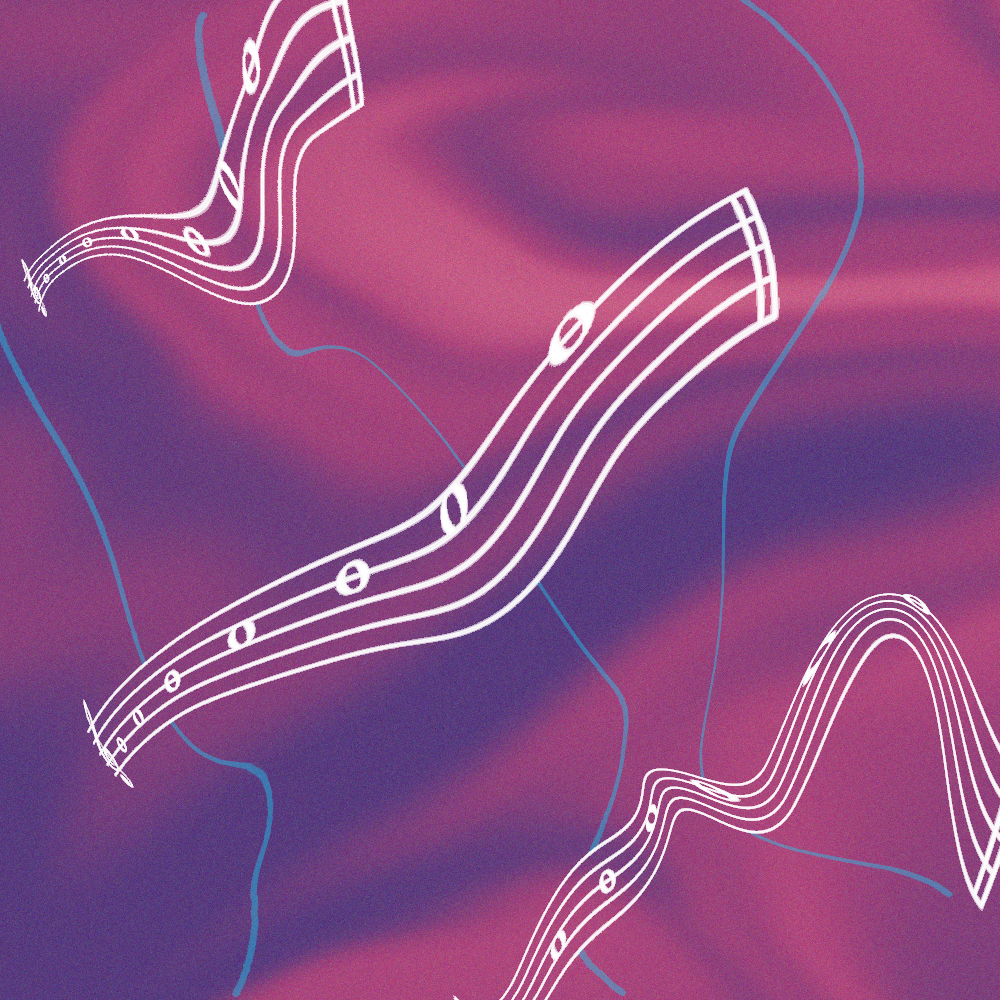As part of our series, we’re going to go over several of the most famous modes. We’ll take a look at what makes them unique, what famous compositions utilize them, and most importantly how YOU can use them.
Today we’ll be focusing on the MIXOLYDIAN mode. One of the most famous modes (alongside Dorian, which we covered in the previous piece), Mixolydian pops up all over music, from world, to traditional, to pop, to hip hop, rock and dance. We’re going to explore Mixolydian so that you can implement it into your next track.
Mixolydian can best be described as giving music a mellow, relaxed, but also bold quality. Major is a more directional mode, and yearns to be resolved, but Mixolydian is more ‘relaxed’ about its attitude towards resolving. It can be especially good for producing hypnotic, pulsating groove tracks, such as in Trance, Dub Techno and Lofi House. If this is the sort of sound you’re looking for, then why not try using the mixolydian today?
If the idea of modes, and theory in general, seem a little overwhelming, then be sure to check out our Music Theory course for beginners:
What makes this mode MIXOLYDIAN?
The Mixolydian mode is most simply described as: a major scale with a minor seventh.
Lets take the G major scale. It consists of G, A, B, C, D, E, and F#.
To make this scale Mixolydian, all we have to do is make the seventh note minor (lowering it one semitone) so that it becomes G, A, B, C, D, E, and F.
Another really simple way to remember the Mixolydian mode is to start on G, and play the white notes only up to the next G. You are playing G Mixolydian. This little trick of playing only the white notes actually applies to all of the modes, as we’ll find out later in the series.
Because of Mixolydian’s close relationship to the major scale, you can quickly achieve interesting musical landscapes. While the first few notes of a tune may appear to the listener as Major, all it takes is the minor 7th to completely throw the composition on its head. This basic principle is one of the most exciting aspects of modes: lulling the listener into a false sense of ‘security’, then pulling the rug out from under them. It’s always fun!
Famous songs in Mixolydian
Mixolydian has been described as a relaxed, mellow, introspective sound, but one that retains its edge and boldness. Here are some songs you may have heard of that employ the Mixolydian mode:
LA Woman - The Doors
This smooth, driving-down-the-highway classic from the Doors seminal 1971 album of the same name is Mixolydian in all its coolness. This tune is heavily blues influenced, which has a close connection to Mixolydian, something we’ll explain later in the series.
Royals - Lorde
Royals was a defining hit when it dropped back in 2013, and much of its initial success came down to the fact that it sounds quite ‘different’ to what we’re used to in the pop world. Not only does the song utilise interesting sound design, rhythm, and vocal recording techniques, but it uses Mixolydian. The mode gives the songs chord progression an interesting, unresolved feel, and helps add to its laidback sound.
Express Yourself - NWA
Probably NWA’s most accessible song, Express Yourself is also one of their best selling songs, selling silver in the UK alone. Its funky, soulful, laid-back feel is partly due to Mixolydian again. Heavy hip hop tracks are usually associated with Minor or Phrygian (which we’ll come back to later in the series), so it’s interesting to see mixolydian in there.
If you want find more songs in Mixolydian, check out our Spotify playlist:
How can you use Mixolydian?
Mixolydian is the ultimate mode for making things sound mellow, relaxed, but still adventurous and bold. If you’re working on tracks and want to implement this sort of feeling into the track, have a think about what mode you’re in. Usually switching to Mixolydian will instantly give you results.
In many DAW’s, you can actually convert MIDI music into any mode you want. For example, using Ableton’s Scale MIDI effect, you can instantly transport your music from one mode to another, which can give your track new life, especially if you’ve been working on it for a while. This is a great cheat code to achieve the Mixolydian mode without even having to think about it!
If the idea of modes, and theory in general, seem a little overwhelming, then be sure to check out our Music Theory course for beginners:



